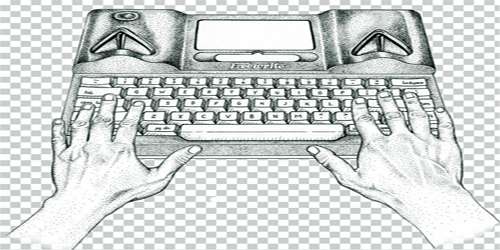The Shoals and Glyndon Typewriter was the first commercially successful typewriter. Inventor Christopher Latham Shoals (1819 – 1890) was the first person to be recognized for creating the first commercially successful typewriter, Shoals and Glidden (S&G). Originally designed by American inventor Christopher Latham Scholars, it was created with the help of fellow printer Samuel W. Soul and amateur artist Carlos S. Glide. Work began in 1867, but soon afterward Joel left the Soul Enterprise instead of Dens more, who provided financial support and driving force behind the machine’s continuous development. With the prototype of most of the work in hand, the men sought funding for its development, which they received in 1868 in the pocket of James Dens more. After several short-term efforts to manufacture the device, the machine was built in the early 1873s by E.C. Was taken by Remington and Sons. The patent was granted in long1876, long after production began. An original patent model is currently in the Smithsonian.
During its development, the typewriter was transformed from a crude curiosity to a practical device, with its original form becoming an industry standard. The problem of printing both capital and lowercase letters without increasing the number of keys was solved by putting the same letter capital and lowercase letters together with the cylinder-shifting method. The material on the machine, along with a cylindrical plate and a four-row QWERTY keyboard, became fundamental to the typewriter design. Several design deficiencies remain. The first shift-key typewriter appeared in the Remington Model 2 market in 1878. Soon the so-called double keyboard machines appeared, where each character had twice the number of keys, whether capital or lowercase.
Initially, the typewriter received an uninterrupted reception from the public. A significant advancement in the field of typewriters was the development of an electric typewriter, a mechanical typewriter with a typing stroke driven primarily by electric motor drives. Type authors start keystrokes, carriage speed and other controls by touching the correct key. The lack of an established market, high costs and the need for trained operators slow it down. Furthermore, the recipients of Type Writing messages find the mechanical, all-upper-case composition to be nonsensical and even abusive. The first electric-powered typewriter, featuring the printing wheel, was built in 1872 by Thomas A. Edison invented and later turned it into a ticker-tape printer. The electronic typewriter as an office writing machine was introduced in 1920 by James Smothers. The Type-Writer was credited with helping women enter the clerical workplace, as many were hired to manage the new device.















